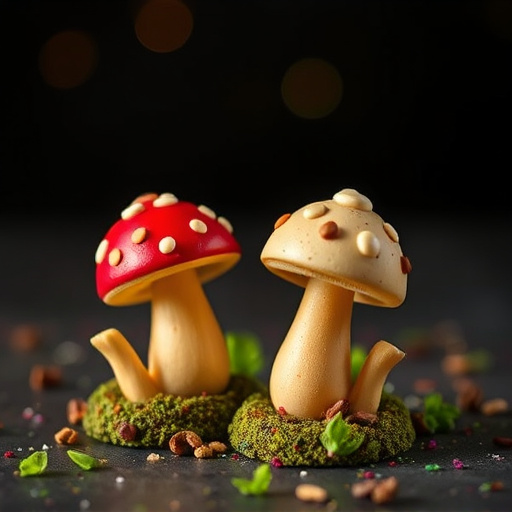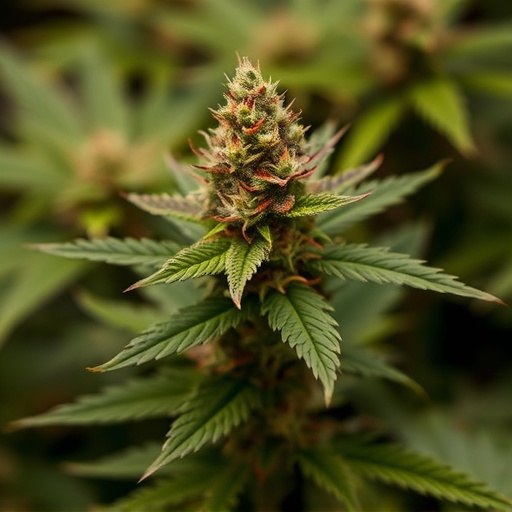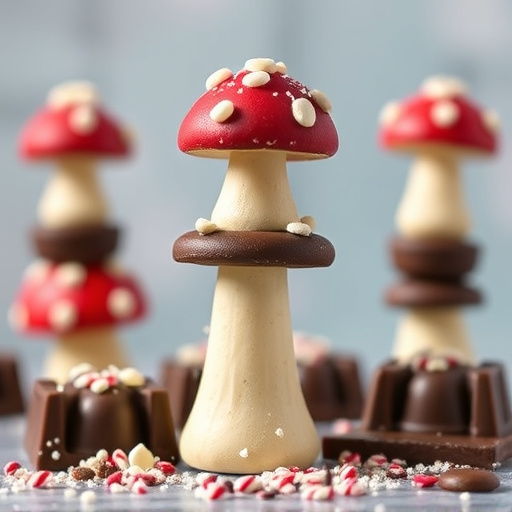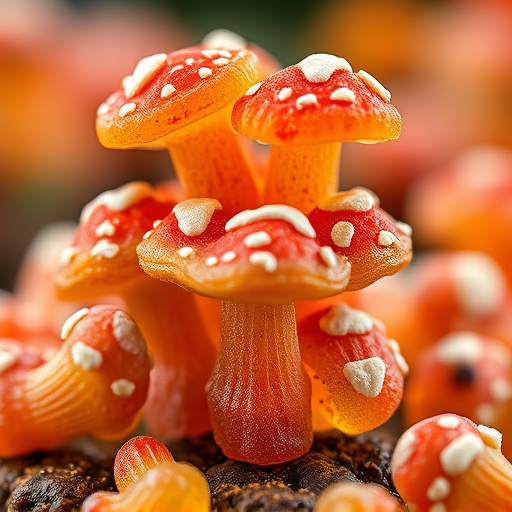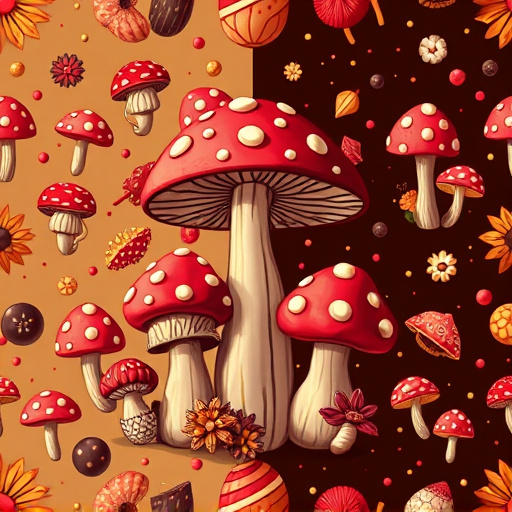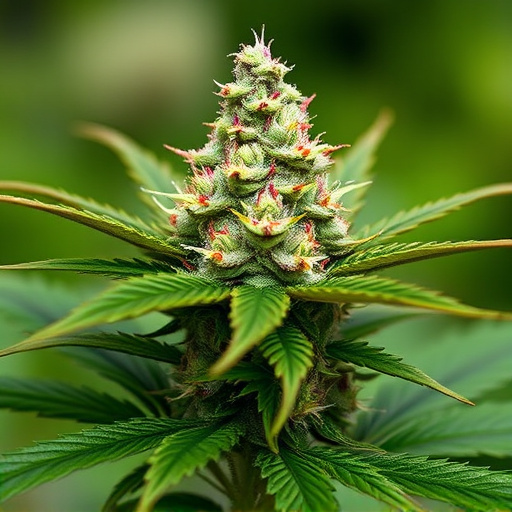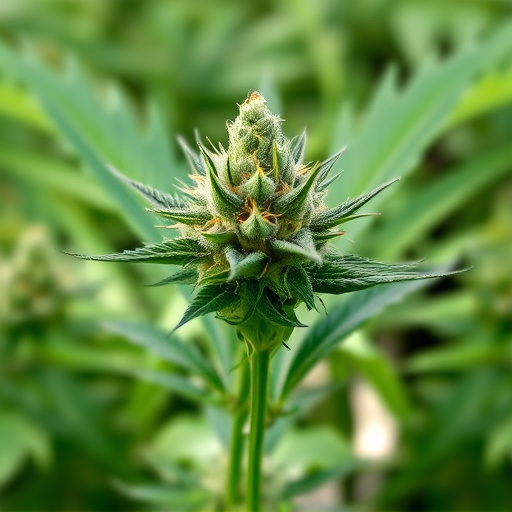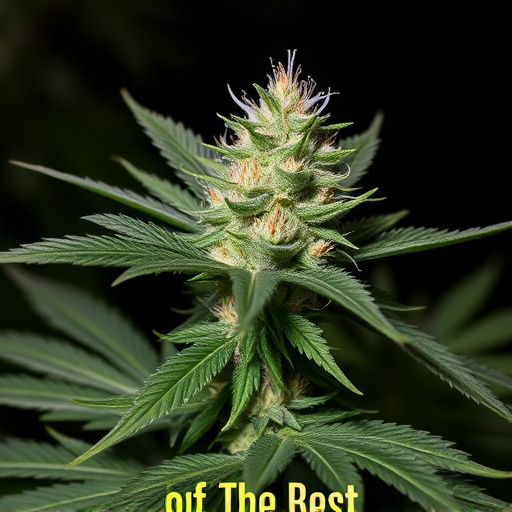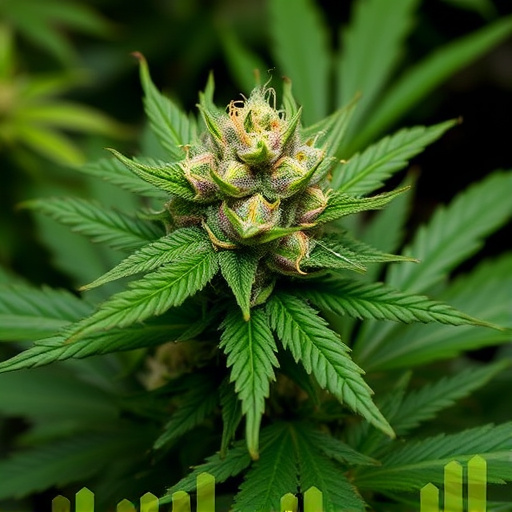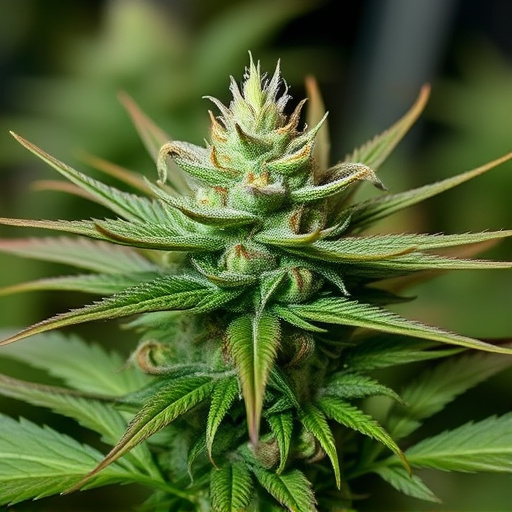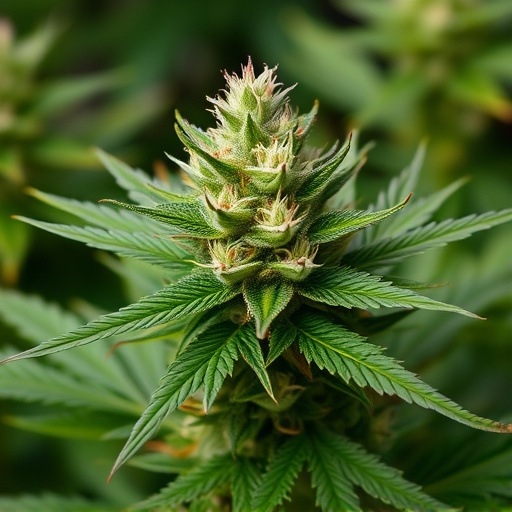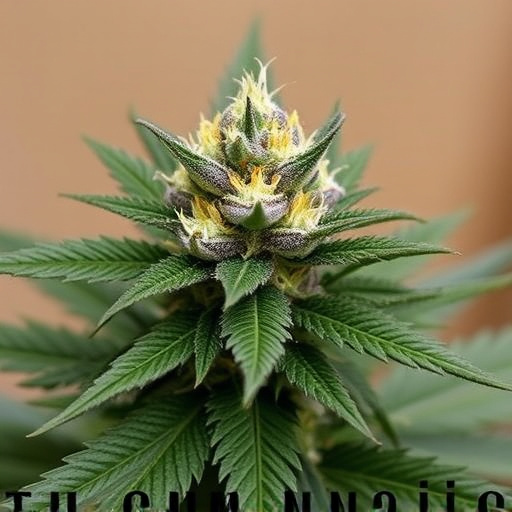The diverse effects of cannabis flowers are determined by cannabinoid profiles, particularly THC and CBD, with cultivators focusing on maximizing these levels to cater to varied user preferences. Choosing the best cannabis strains requires understanding your personal tolerance and sensitivity, as high THC offers potent experiences suitable for higher tolerances, while lower THC options provide milder effects for lower tolerances or specific medical needs. Strains rich in CBD offer therapeutic benefits without psychoactivity, while those with high THC induce euphoria and heightened senses, appealing for recreational use or managing certain conditions. Sativa strains boost energy, focus, and imagination, making them popular among creative individuals. Users can select the best fit based on their desired outcome.
Cannabis flowers offer a diverse range of effects, catering to varied user preferences. Understanding the intricate balance of cannabinoids within different strains is key to unlocking their unique benefits. This article explores how individual differences in tolerance and sensitivity shape our experiences with cannabis. From alleviating stress to inducing euphoria or fostering creativity, we’ll delve into the science behind various strains, helping you discover the best cannabis options for your needs.
- Understanding the Cannabinoid Profile: How Different Strains Impact Users
- Individual Differences in Cannabis Tolerance and Sensitivity
- Exploring Specific Strain Benefits: Relief vs. Euphoria vs. Creativity
Understanding the Cannabinoid Profile: How Different Strains Impact Users
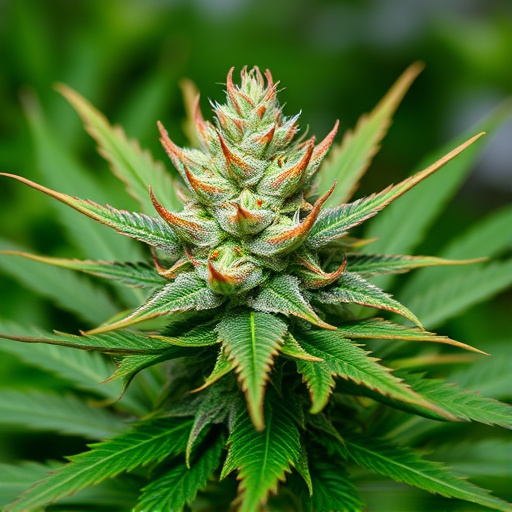
Cannabis flowers offer a diverse range of effects, and understanding the cannabinoid profile is key to unlocking how different strains impact users. Cannabinoids like THC (tetrahydrocannabinol) and CBD (cannabidiol) are the primary compounds responsible for these effects, with each strain boasting unique ratios that contribute to its specific characteristics. The best cannabis strains are those carefully cultivated to maximize these cannabinoid levels, catering to various preferences and intended uses.
For instance, strains high in THC are known to induce euphoria and relaxations, making them popular for recreational use or managing stress and anxiety. Conversely, CBD-rich strains have gained attention for their potential therapeutic benefits without the psychoactive effects of THC. These variations highlight how different cannabinoid profiles cater to distinct user needs, whether seeking a more invigorating experience from high-THC options or opting for the calming effects of CBD-dominant strains.
Individual Differences in Cannabis Tolerance and Sensitivity
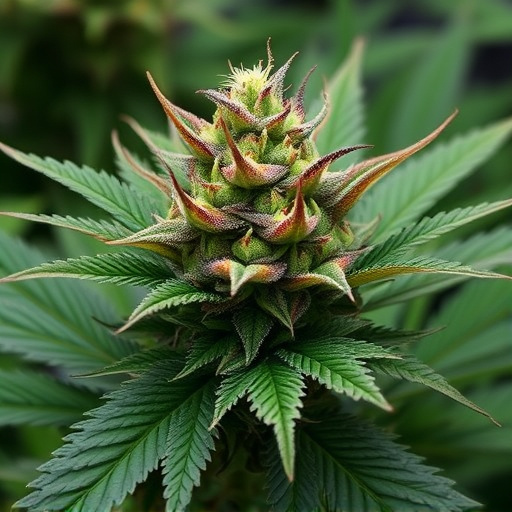
Cannabis flowers, with their diverse terpene and cannabinoid profiles, have varying effects on different individuals due to individual differences in tolerance and sensitivity. Some people may experience euphoria and relaxation from even low doses, while others might require higher amounts to feel any effect. These variations stem from a combination of genetic predisposition, previous cannabis use, and overall mental and physical health.
Understanding one’s personal threshold for cannabis is crucial when exploring the best cannabis strains. Factors like THC (tetrahydrocannabinol) content, which is the primary psychoactive compound, play a significant role in determining the intensity of effects. High-THC strains are known to produce more potent experiences, while lower THC options may be better suited for those with lower tolerance or specific medical needs, aiming for milder effects and fewer potential side effects.
Exploring Specific Strain Benefits: Relief vs. Euphoria vs. Creativity
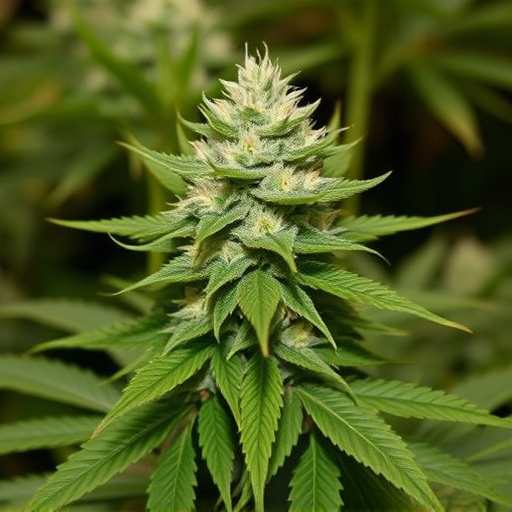
When exploring the effects of cannabis flowers, it’s crucial to understand that different strains offer unique benefits tailored to specific needs. The key lies in differentiating between the primary modes of impact: relief, euphoria, and creativity. Strains high in CBD (cannabidiol) are often sought after for their calming and pain-relieving properties, making them ideal for managing anxiety, insomnia, and chronic conditions like arthritis or multiple sclerosis. These strains induce a sense of tranquility without altering cognitive functions significantly, making them popular among those who require relief without losing focus.
On the other hand, high-THC (tetrahydrocannabinol) strains are known to evoke a more intense emotional response, characterized by feelings of euphoria and heightened sensory perception. This makes them appealing for recreational use or for individuals dealing with depression, post-traumatic stress disorder (PTSD), or conditions that benefit from elevated mood. However, THC’s impact on memory and coordination should be considered, especially in higher doses. Creative types often turn to specific sativa strains known for boosting energy levels, enhancing focus, and sparking imagination. These strains are popular among artists, writers, and professionals seeking a mental boost without the sedating effects of indole compounds found in some indica varieties.
Cannabis flower’s effects vary greatly from person to person, shaped by individual biochemistry, tolerance, and desired outcomes. Understanding these factors is key to navigating the diverse landscape of the best cannabis strains. By recognizing how different profiles impact users, considering personal sensitivity, and exploring specific benefits like relief, euphoria, or creativity, individuals can make informed choices for their well-being. This tailored approach ensures a positive and effective experience with cannabis.
